Chair_Ludus & Zoo_Ludus Metamorphosis of Objects through Survey and Drawing Techniques †
Abstract
:1. Introduction
2. The Objects
2.1. The Gerrit Rietveld’s Chairs
2.2. The Sevi’s Toys
3. The Methodology
4. The Process
4.1. The Chairs’ Metamorphosis
- the components of the original chair could not be modified: in other words, it was possible to disassemble and reposition, coat, colour, overturn, etc., but not cut or deform the individual pieces;
- the metamorphosis had to take place in strict compliance with the formal constraints of the original chair components (the spatial components);
- an obligatory element was assigning a new name to the chair; a name that would also be a message to understand the transformation process or (linguistic-formal) ‘betrayal’ of the original chair;
- it was therefore necessary to describe the cultural references underlying the transformation; the sources of inspiration for the process of metamorphosis: art, music, photography, comics, cinema, advertising, literature, etc.; what contaminating viruses were injected into the chairs to meta-shape them.
4.2. The Toys’ Metamorphosis
5. Conclusions
- biological locks or false tokens: which comes from Gombrich’s famous phrase in the aforementioned book, in which a possible strategy of play lies in generating substitutes (the broom-hobby horse, the ball-mouse for a cat, the finger-breast for a baby) capable of opening biological or psychological locks; these are “false tokens able to operate the mechanism if introduced instead of real tokens”. In other words, they use the evocative (fantastic, symbolic, representational, etc.) capacity of the representation;
- the law of counter-step: that is, in the manner of Dante, to do the opposite of what custom (or sense, habit and the physical nature of things) indicate; in other words, to understand the limits of the passive dynamic that often does not transform or invent anything; if something is heavy, it becomes light; if it is rigid, it bends; if it is hard, it becomes transparent, etc.;
- practical deconstruction: to tear apart the object and then reassemble the parts obtained in a different way to how they are proposed in the ideal catalogue, through the adoption of new rules (of the game).
Author Contributions
Conflicts of Interest
References
- Erikson, E. Infanzia e Società; Armando Editore: Milano, Italy, 2008; p. 392. ISBN 9788871440590. [Google Scholar]
- Gombrich, E.H. A Cavallo di un Manico di Scopa. Saggi di Teoria Dell’Arte; Einaudi: Torino, Italy, 1963; p. 256. ISBN 888310188X. [Google Scholar]
- Piajet, J. Psicologia Dell’Intelligenza; Giunti Editore: Milano, Italy, 2011; p. 190. ISBN 978-8809742482. [Google Scholar]
- Huizinga, J. Homo Ludens; Il Saggiatore: Milano, Italy, 1938; p. 257. ISBN 9788806162870. [Google Scholar]
- Valeri, V. Classic Concepts in Anthropology; University of Chicago Press: Chicago, IL, USA, 2017; p. 280. ISBN 978-0990505082. [Google Scholar]
- Barilli, R. Informale Oggetto Contemporaneo; Feltrinelli: Milano, Italy, 1979; p. 320. ISBN 9788807887895. [Google Scholar]
- Galloni, L. Disegnare il Design; Hoepli: Milano, Italy, 2002; p. 164. ISBN 9788820328269. [Google Scholar]
- Van Zijl, I. Gerrit Rietveld; Phaidon Press: New York, NY, USA, 1992; p. 240, ISBN-10 071484943X. [Google Scholar]
- De Micheli, M. Le Avanguardie Artistiche del Novecento; Feltrinelli: Milano, Italy, 1988; p. 434. ISBN 9788807810299. [Google Scholar]
- Mancinelli, L. Il Messaggio Razionale Dell’Avanguardia; Einaudi: Torino, Italy, 1978; p. 146. ISBN 8806017012. [Google Scholar]
- Kuper, M.; Van Zijl, I. Gerrit Rietveld the Complete Works; Princeton Architectural Press: New York, NY, USA, 1992; p. 396, ISBN-10 9073285151. [Google Scholar]
- Celaschi, F. Non Industrial Design. Contributi al Discorso Progettuale; Luca Sossella Edizioni: Milano, Italy, 2016; p. 112. ISBN 9788897356363. [Google Scholar]
- Falcidieno, M.L. GRAFICAmente; Edizioni d’arte Marconi: Genova, Italy, 2002; p. 168. ISBN 88-87304-02-5. [Google Scholar]
- Gaiani, M. Il Disegno del Disegno Industriale. In Disegno e Design Digitale; POLI.Design: Milano, Italy, 2002; Volume 1, pp. 36–49. [Google Scholar]
- Maeda, J. Le Leggi Della Semplicità; Bruno Mondadori: Milano, Italy, 2006; p. 147. ISBN 8842420050. [Google Scholar]
- Longoni, G.; Musio-Sale, M.; Zagnoni, S. Disegno. Laboratori del Primo Anno; Edizioni POLI. Design: Milano, Italy, 2002; p. 140. ISBN 88-87981. [Google Scholar]
- Maldonado, T. Reale e Virtuale; Feltrinelli: Milano, Italy, 2007; p. 192. ISBN 9788807886560. [Google Scholar]
- Munari, B. Fantasia; Laterza: Bari, Italy, 1977; p. 220. ISBN 8842011975. [Google Scholar]

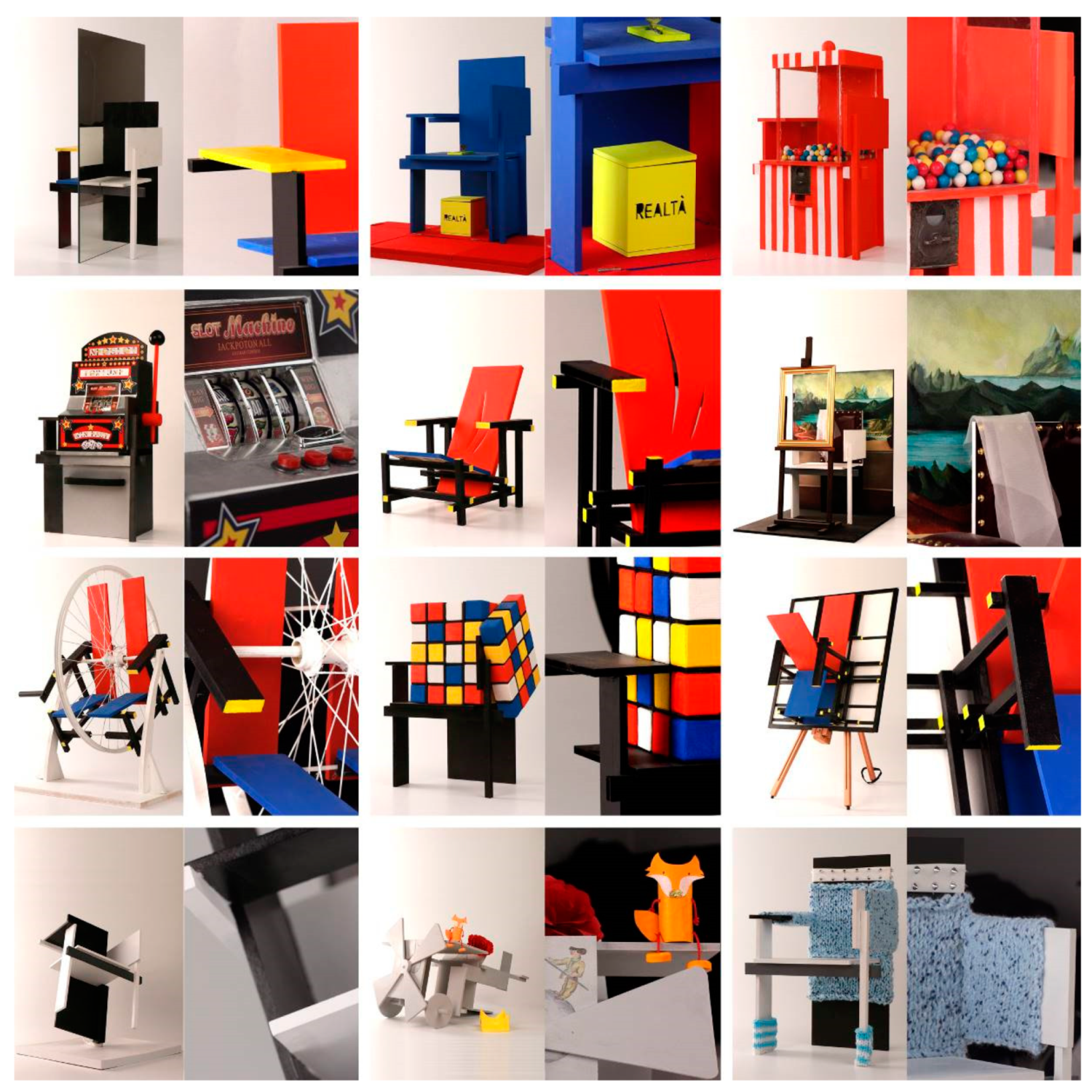
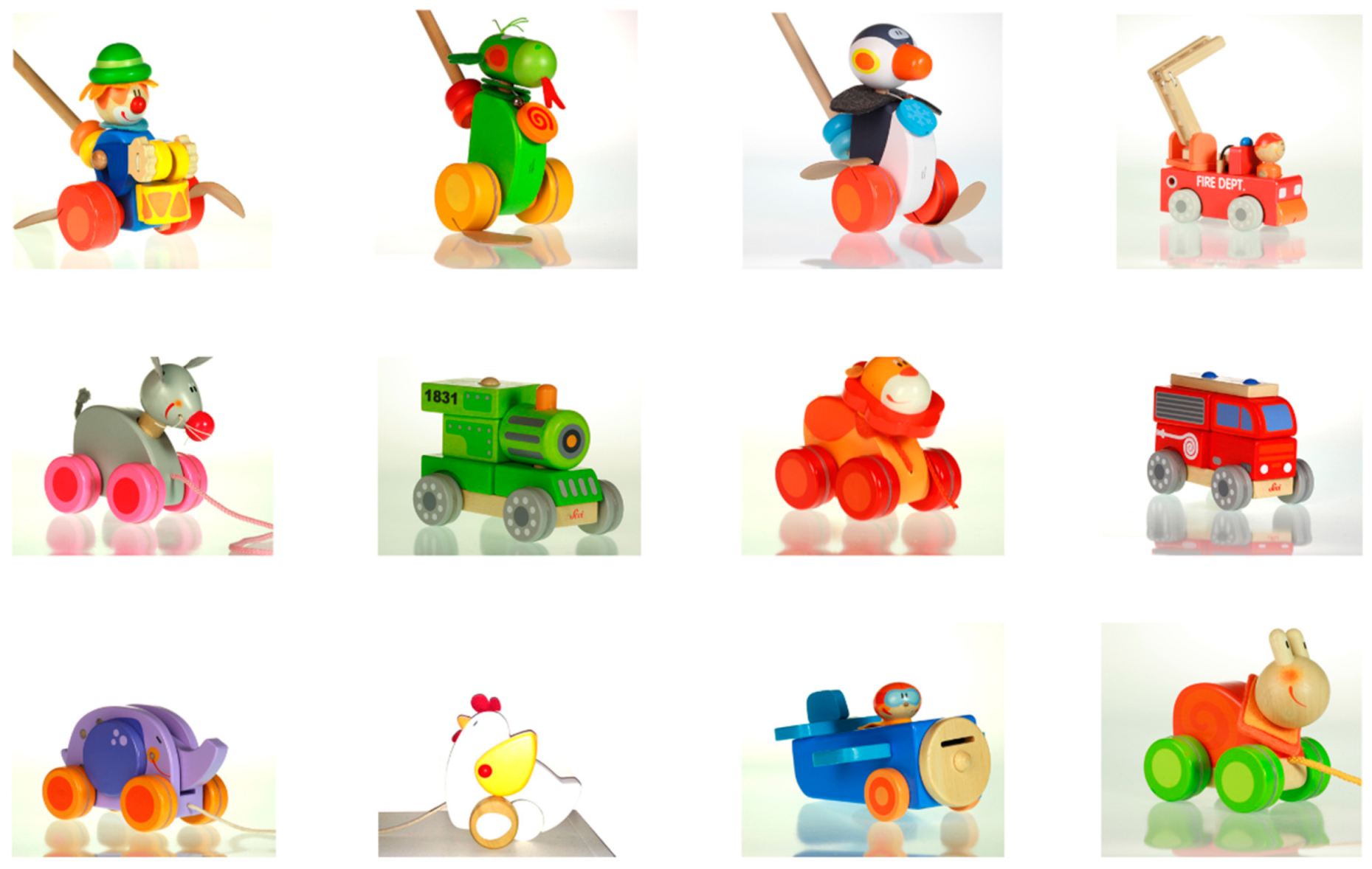
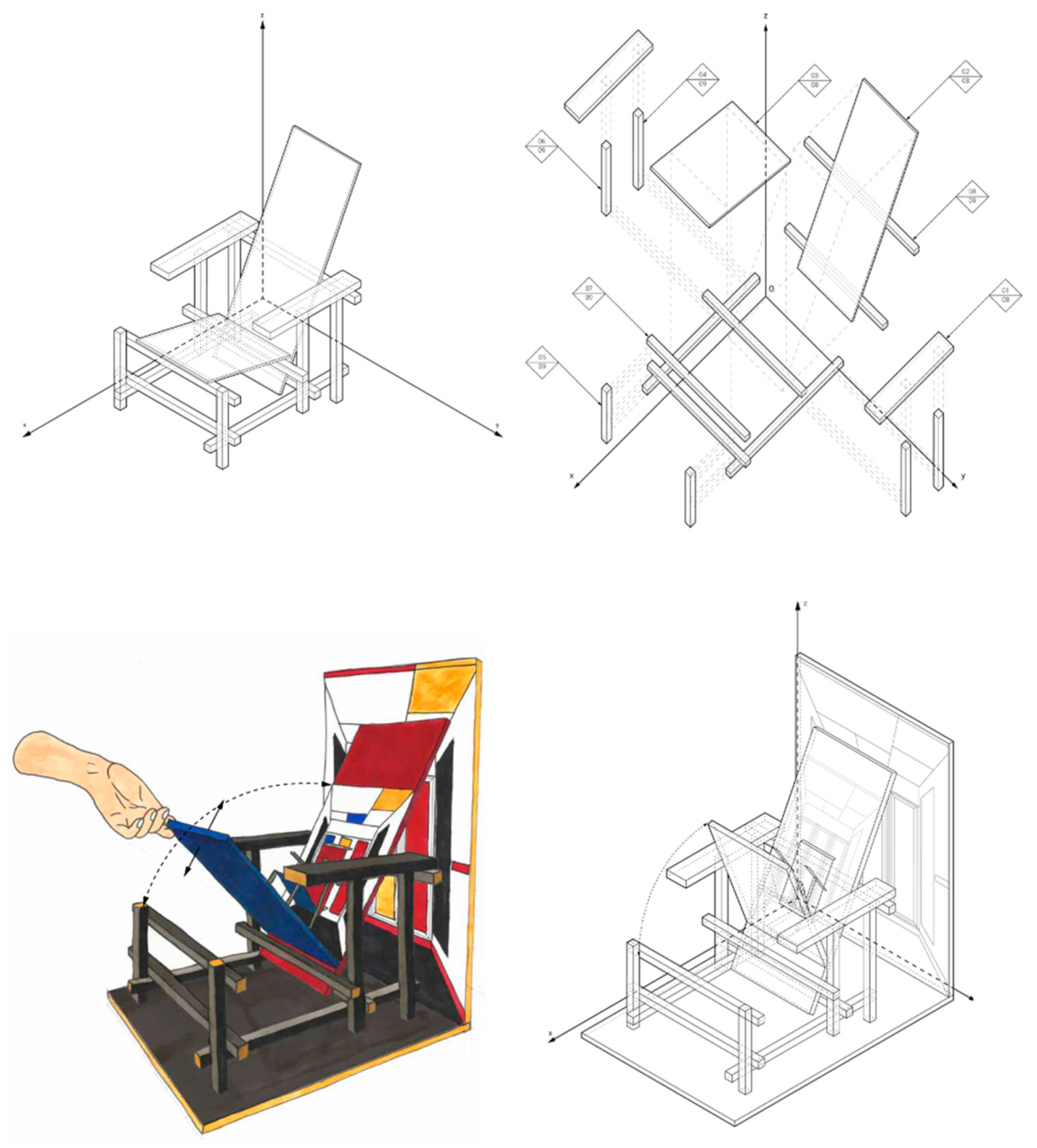
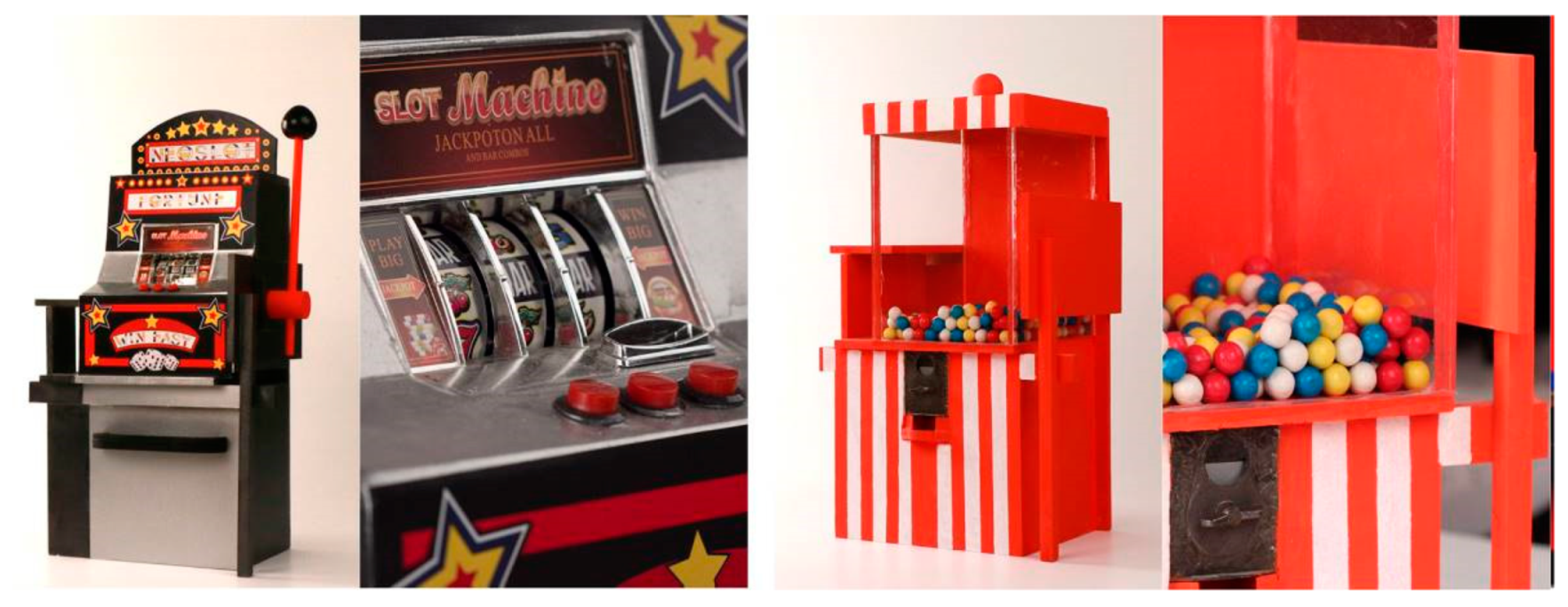
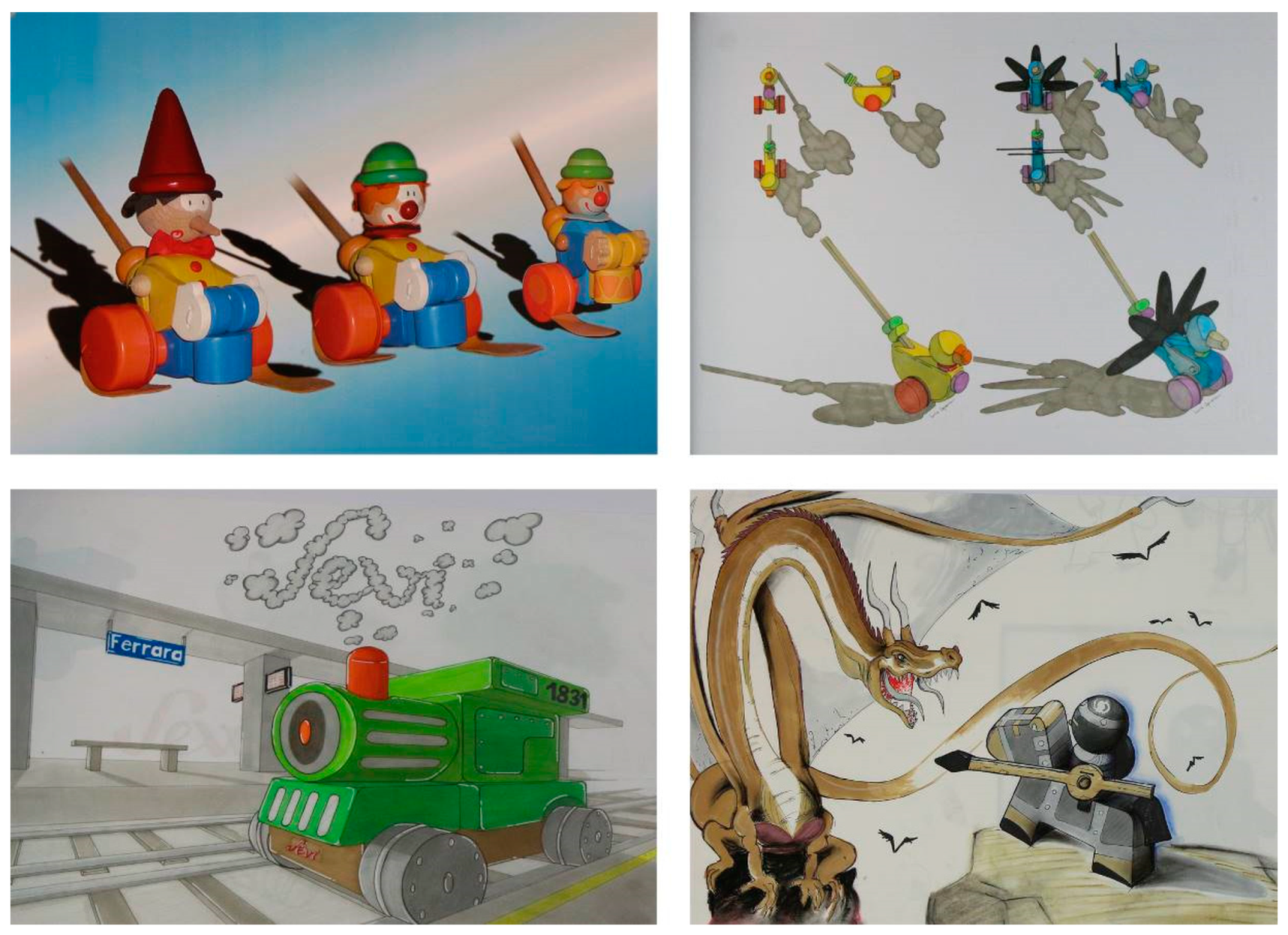

Publisher’s Note: MDPI stays neutral with regard to jurisdictional claims in published maps and institutional affiliations. |
© 2017 by the authors. Licensee MDPI, Basel, Switzerland. This article is an open access article distributed under the terms and conditions of the Creative Commons Attribution (CC BY) license (https://creativecommons.org/licenses/by/4.0/).
Share and Cite
Balzani, M.; Rossato, L. Chair_Ludus & Zoo_Ludus Metamorphosis of Objects through Survey and Drawing Techniques. Proceedings 2017, 1, 859. https://doi.org/10.3390/proceedings1090859
Balzani M, Rossato L. Chair_Ludus & Zoo_Ludus Metamorphosis of Objects through Survey and Drawing Techniques. Proceedings. 2017; 1(9):859. https://doi.org/10.3390/proceedings1090859
Chicago/Turabian StyleBalzani, Marcello, and Luca Rossato. 2017. "Chair_Ludus & Zoo_Ludus Metamorphosis of Objects through Survey and Drawing Techniques" Proceedings 1, no. 9: 859. https://doi.org/10.3390/proceedings1090859
APA StyleBalzani, M., & Rossato, L. (2017). Chair_Ludus & Zoo_Ludus Metamorphosis of Objects through Survey and Drawing Techniques. Proceedings, 1(9), 859. https://doi.org/10.3390/proceedings1090859




